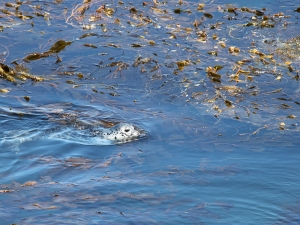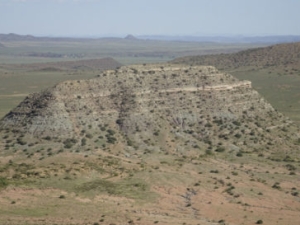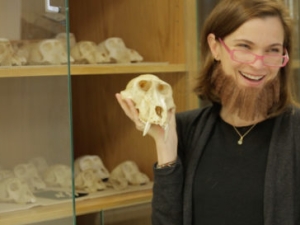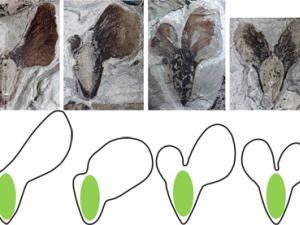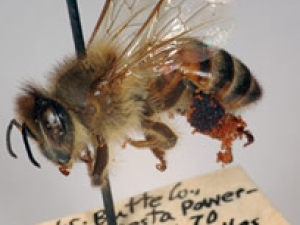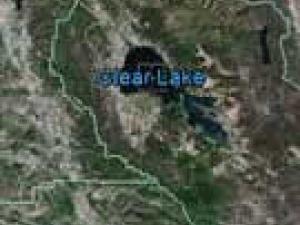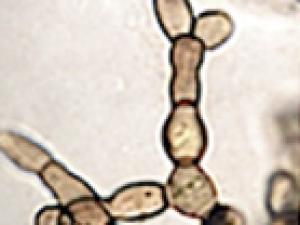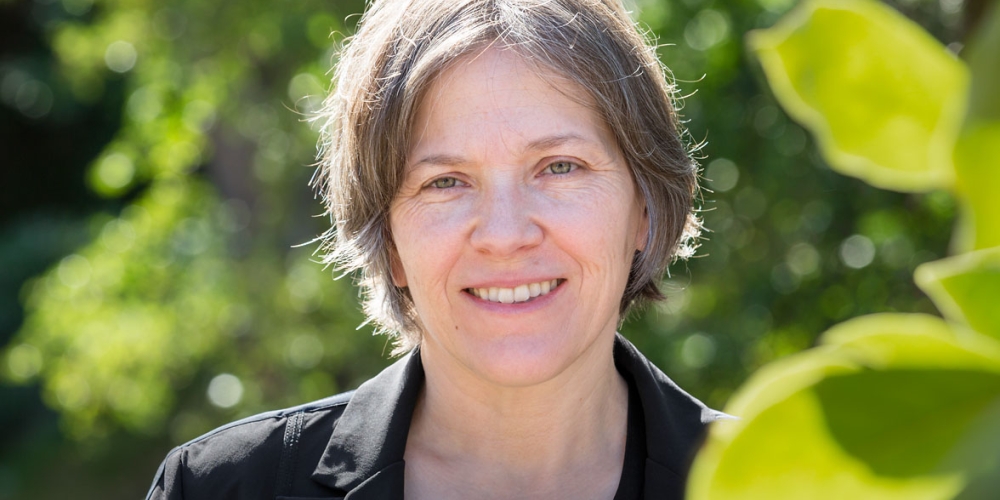

Research Bio
Cindy Looy is a professor in the Department of Integrative Biology and a plant ecologist who tumbled down the rabbit hole of deep time. As a notorious subject hopper Cin's interests are all over the place, however a common denominator in much of her work is the response of plants and plant communities to major environmental change and its evolutionary consequences. Her primary interest is investigating aspects of the terrestrial end-Permian biotic crisis and its aftermath, and the terrestrial consequences of the transition from a glacial-dominated ice-house world to an ice-free greenhouse one—going from the late Carboniferous to the middle Permian. Although she likes almost all things green (even after they stopped being green 100s of millions of years ago), she has a soft spot for conifers and lycophytes.
Research Expertise and Interest
paleoecology, paleobotany, palynology
In the News
Pacific Kelp Forests Are Far Older Than We Thought
In Earth’s largest extinction, land die-offs began long before ocean turnover
Women don beards to highlight gender bias in science
Conifers’ Helicoptering Seeds are Result of Long Evolutionary Experiment
The whirling, winged seeds of today’s conifers are an engineering wonder and, as UC Berkeley, scientists show, a result of about 270 million years of evolution by trees experimenting with the best way to disperse their seeds.
Graduate student brings extinct plants to life
When Berkeley graduate student Jeff Benca submitted a paper describing a new species of long-extinct lycopod, he ditched the standard line drawing and insisted on a detailed color reconstruction of the plant. This piece earned the cover of the American Journal of Botany.
Hindcasting helps scientists improve forecasts for life on Earth
Scientists Core Into Clear Lake to Explore Past Climate Change
One of the oldest lakes in the world, Clear Lake has deep sediments that contain a record of the climate and local plants and animals going back perhaps 500,000 years. UC Berkeley scientists are drilling cores from the lake sediments to explore this history and fine-tune models for predicting the fate of today’s flora and fauna in the face of global warming and pressure from a burgeoning human populations.
Fungi helped destroy forests during mass extinction 250 million years ago
The Permian extinction 250 million years ago was the largest mass extinction on record, and among the losers were conifers that originally blanketed the supercontinent of Pangaea. Now researchers say that climate change led to the proliferation of tree-killing soil fungi that helped destroy the forests – something that could happen as a consequence of global warming today.
Featured in the Media
Kelp was likely available as a food source for ancient marine mammals, said senior author Cindy Looy, a professor of integrative biology.

